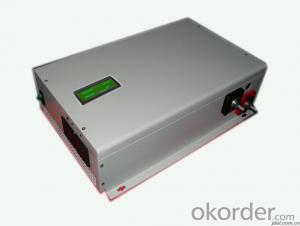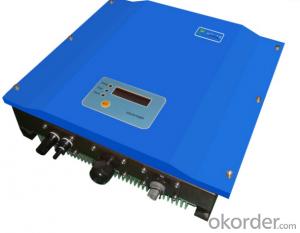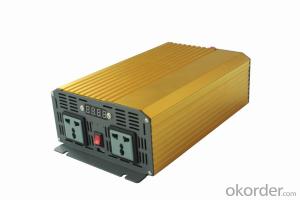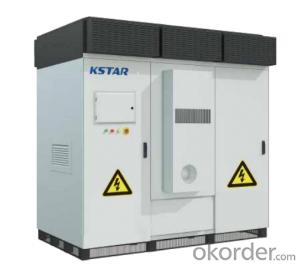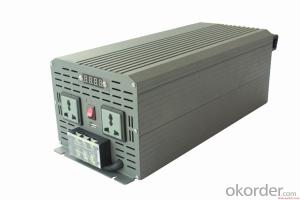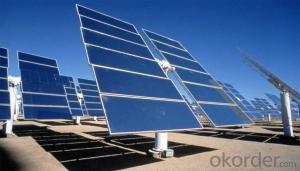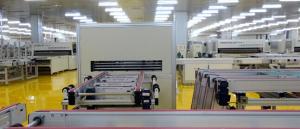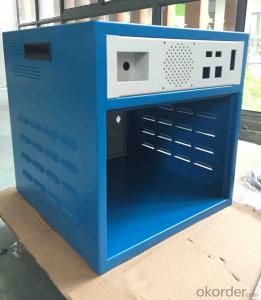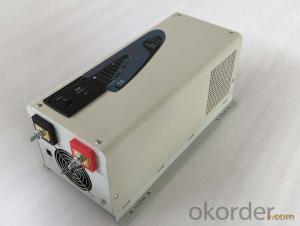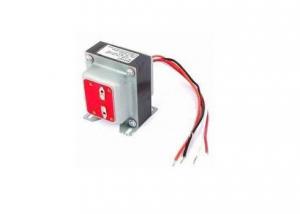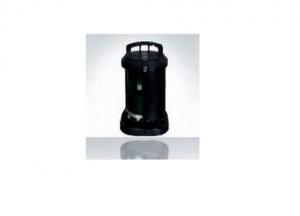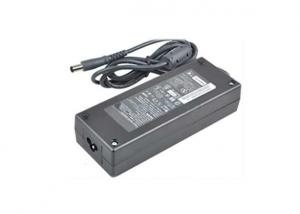Solar Inverter 8000w
Solar Inverter 8000w Related Searches
8000 Watt Solar Inverter Solar Inverter 8kw 8 Kw Solar Inverter 8kw Solar Inverter 8kw Inverter Solar Solar 800 Watt Power Inverter 10000w Solar Inverter 10000w Solar Power Inverter 8kv Solar Inverter 10000 Watt Solar Inverter 8 Kw Solar Inverter Price Solar Power Inverter 10000w 8kw Hybrid Solar Inverter 8kw Solar Inverter Price 800 Watt Solar Inverter Price Solar Inverter 10000 Watt Solar Inverter 5000w 1000 W Solar Inverter Solar Inverter 4000w 1000w Solar Inverter 80kw Solar Inverter 4000w Solar Inverter 4000 Watt Inverter Solar 6000w Solar Inverter Solar Power Inverter 5000w 5000 Watt Inverter Solar 80 Kw Solar Inverter 4000w Solar Power Inverter 5000w Solar Power Inverter 7000 Watt Solar InverterSolar Inverter 8000w Supplier & Manufacturer from China
The Solar Inverter 8000w is a high-performance product designed to convert solar energy into usable electrical power for various applications. This device is equipped with advanced technology that ensures efficient power conversion and reliable operation. It is specifically engineered to handle the energy demands of residential and commercial establishments, making it an essential component in the solar energy system.The Solar Inverter 8000w is widely used in various scenarios, including homes, businesses, and even off-grid applications. It plays a crucial role in harnessing the power of the sun and converting it into electricity that can be utilized for lighting, heating, and running various appliances. This product is particularly beneficial in areas with limited access to traditional power sources or where there is a need to reduce reliance on fossil fuels and promote sustainable energy practices.
Okorder.com is a reputable wholesale supplier of the Solar Inverter 8000w, boasting a vast inventory that caters to the needs of customers worldwide. The company is committed to providing high-quality products at competitive prices, ensuring that the Solar Inverter 8000w is accessible to a broad range of users. By partnering with Okorder.com, customers can be confident in the quality and performance of their solar inverters, as well as the support and service provided by the supplier.
Hot Products
